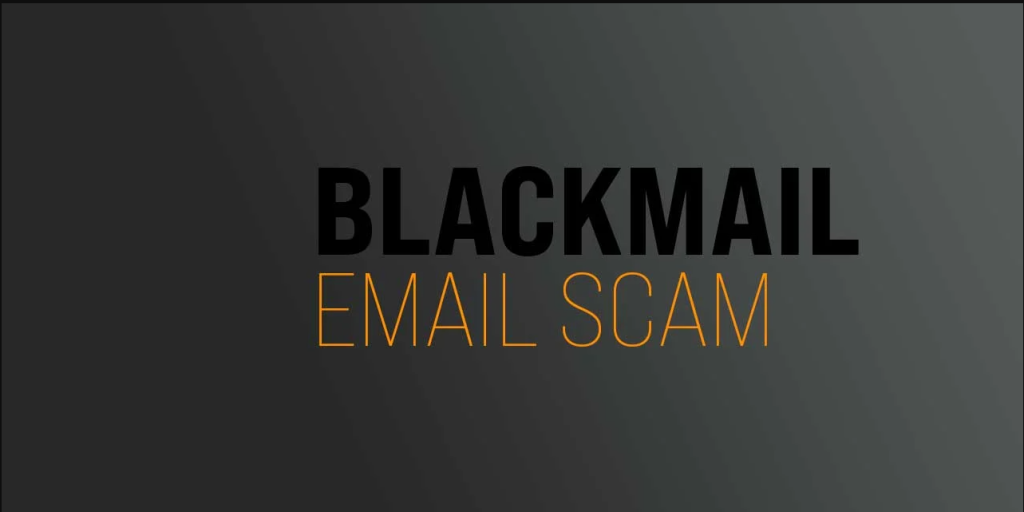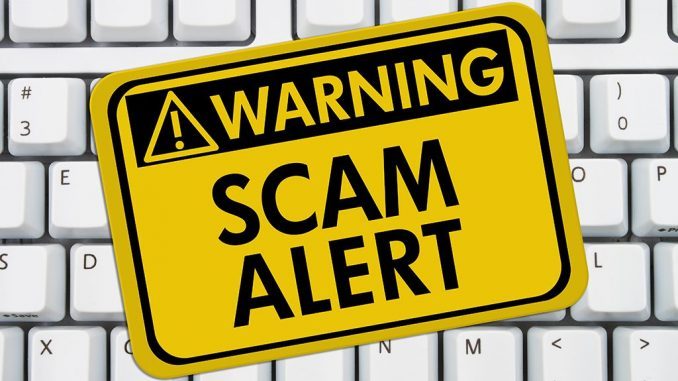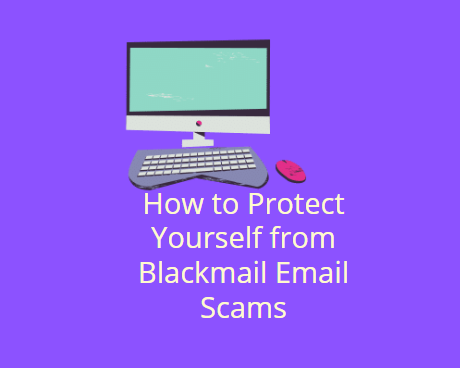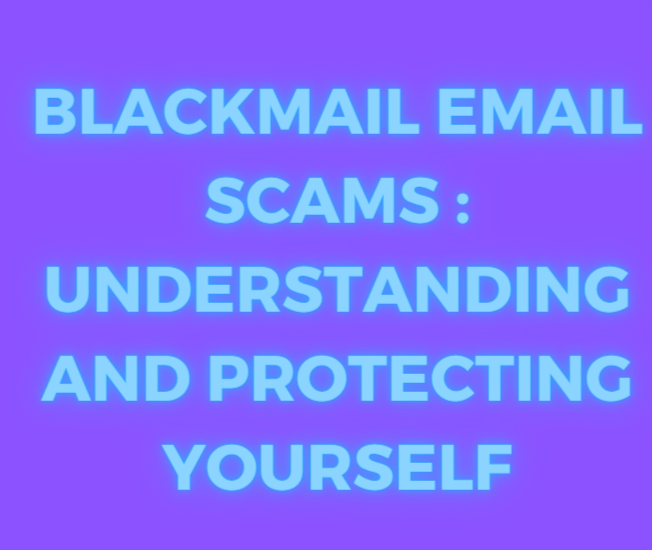In our digital age, cyber threats are more prevalent than ever. One particularly insidious threat is the blackmail email scam. These scams are designed to instill fear and panic, coercing victims into paying a ransom to avoid purported negative consequences. This blog post delves into the mechanics of blackmail email scams, providing an in-depth understanding and practical advice on how to protect yourself.
Table of Contents
What Are Blackmail Email Scams?

Blackmail email scams are a type of cybercrime where the scammer claims to have compromising information about the victim. This information can range from personal data, private photos, or videos, to financial records. The scammer then threatens to release this information unless a ransom is paid.
The emails are often crafted to appear as if the sender has hacked into the victim’s computer or accounts. They may even include some personal information about the victim, obtained from various sources on the internet, to lend credibility to their threats.
Common Tactics Used in Blackmail Email Scams

Claiming Access to Webcam Footage: One of the most common tactics is claiming to have access to the victim’s webcam. The scammer asserts they have recorded the victim in compromising situations, often during private moments, and threatens to send this footage to all of the victim’s contacts.
Password Inclusion: Scammers often include a real password that the victim has used in the past. They usually obtain these passwords from data breaches. Seeing a familiar password can make the threat seem very real and urgent.
Threatening to Release Browsing History: Another popular tactic is to claim that the scammer has access to the victim’s browsing history, particularly visits to adult websites, and threaten to expose this information to the victim’s contacts.
Demanding Cryptocurrency Payment: Scammers typically demand payment in cryptocurrencies like Bitcoin. This method is preferred because it is difficult to trace, providing a layer of anonymity for the scammer.
Real-Life Examples of Blackmail Email Scams
Example 1: The Webcam Blackmail
In one prevalent scam, the victim receives an email claiming that their webcam has been hacked and they were recorded visiting adult websites. The scammer includes an old password to add legitimacy to the threat and demands a ransom in Bitcoin. The email often contains a countdown timer, adding urgency to the demand.
Example 2: Data Breach Blackmail

Another example involves scammers obtaining lists of email addresses and passwords from data breaches. They send out mass emails claiming to have access to the victim’s email account and threatening to release compromising information unless a ransom is paid.
Example 3: Fake Sextortion
In this scenario, scammers send emails claiming to have intimate photos or videos of the victim, which they threaten to release unless a ransom is paid. Often, there is no such material; the scam relies on the fear and shame that the victim might feel.
Why Do People Fall for Blackmail Email Scams?
Fear and Panic: The primary weapon of a blackmail scam is fear. The thought of personal, compromising information being leaked can cause victims to panic, leading them to make irrational decisions like paying the ransom.
Personal Information: When scammers include personal details like old passwords, it creates a sense of legitimacy. Victims may believe the scammer truly has access to their private information.
Urgency: Scammers often create a sense of urgency by including deadlines for payment. The pressure to act quickly can prevent victims from thinking critically about the legitimacy of the threat.
Anonymity of Payment: Cryptocurrencies provide a level of anonymity that can make it harder for law enforcement to trace payments back to the scammer. This anonymity can embolden scammers to demand payment without fear of being caught.
How to Protect Yourself from Blackmail Email Scams

Do Not Panic: The first and most important step is to remain calm. Scammers rely on fear and panic to manipulate their victims. Take a deep breath and assess the situation rationally.
Verify the Claims: Scammers often make broad and vague claims. If an email claims to have hacked your webcam, consider whether your webcam was covered or disabled at the time they claim to have recorded you. If they include an old password, remember that it may have been obtained from a data breach.
Do Not Respond: Responding to the scammer can confirm that your email address is active, potentially leading to more scam attempts. Do not engage with the scammer in any way.
Change Your Passwords: If the scam email includes a password you have used, change it immediately. Ensure that you use a strong, unique password for each of your online accounts.
Enable Two-Factor Authentication (2FA): Two-factor authentication adds an extra layer of security to your accounts. Even if a scammer has your password, they will not be able to access your account without the second factor.
Cover Your Webcam: As a precaution, cover your webcam when not in use. This simple step can prevent any potential unauthorized access.
Update Your Software: Ensure that all your software, including your operating system and antivirus, is up to date. Regular updates help protect against known vulnerabilities.
Report the Scam: Report the scam email to your email provider and local law enforcement. While it may not lead to an immediate resolution, reporting helps track the prevalence of these scams and can aid in future investigations.
Educate Yourself and Others: Stay informed about common scams and share this knowledge with friends and family. Awareness is a powerful tool in preventing cybercrime.
Conclusion
Blackmail email scams are a prevalent and distressing form of cybercrime. They prey on fear and panic, often using personal information to add credibility to their threats. By understanding how these scams work and taking proactive steps to protect yourself, you can reduce the risk of falling victim to these malicious schemes.
Remember, the key to protecting yourself is to remain calm, verify the claims, and take appropriate security measures. Educating yourself and others about these scams can create a safer online environment for everyone. Stay vigilant, stay informed, and don’t let scammers take advantage of your fear.



